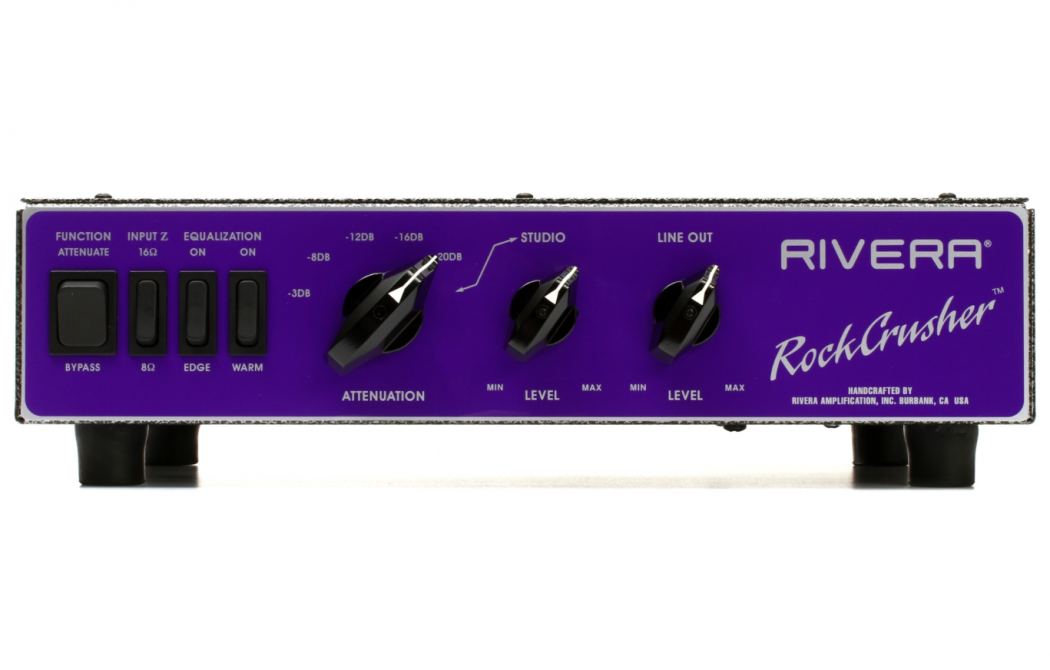
If you want to record a real guitar amplifier, but you don’t have the right room or mics to adequately capture the tone of the speaker cabinet, one option to consider is to record your amp direct to your audio interface, and then use a speaker simulation plug-in to add the cabinet response to the track.
To do this, you’ll need a few things. First, you need to be able to get the sound from your amplifier directly into your audio interface. This can be accomplished several ways — HOWEVER, you definitely CANNOT connect the speaker output from your amp to a Mic or Line input on an audio interface. This WILL result in extreme damage to one or both devices!
If you have a line output on your guitar amp, you can use that. If not, you can use a device like a Hughes & Kettner Red Box, a Mesa Boogie CabClone (some Boogie amps even have built-in CabClones, which is super convenient), a Rivera RockCrusher, SPL Cabulator, Radial Headload, Two Notes Torpedo Reload, or another attenuator that has a line output. And remember, your amplifier always needs to see the load of a speaker at its speaker output, so if you’re not planning to monitor through a guitar cabinet or speakers, you’ll need to use a load box or attenuator to simulate a load or risk damaging your amp. Always follow the manufacturer’s directions when connecting your amp to an attenuator/speaker/recording device.
When you record your amp direct into your DAW, it will likely sound raw, thin, and harsh. That’s because the speaker does a lot of tone shaping on the amp’s tone, and you’ve removed the speaker from the equation. At this point, you can use any “convolution” plug-in that allows you to load impulse responses (IR) — basically “impulse” recordings of actual spaces and then “convolves” those IRs into the equivalent of EQ curves and ambiance. You can use a convolution reverb such as AltiVerb or Waves IR-1, or you can use one of the plug-ins that come with third-party speaker cabinet IR software or hardware, or try the speaker emulation section of a modeling guitar amp plug-in such as Native Instruments Guitar Rig.
Put the plug-in on the raw amp track, and you will have the sound of the amplifier running through a speaker cabinet, without needing to mic up a cabinet. Recording this way also has the advantage of giving you an nearly infinite variety of speaker cabinets to choose from, so you can tailor the speaker cabinet to the material you’ve recorded and the rest of your tracks.


